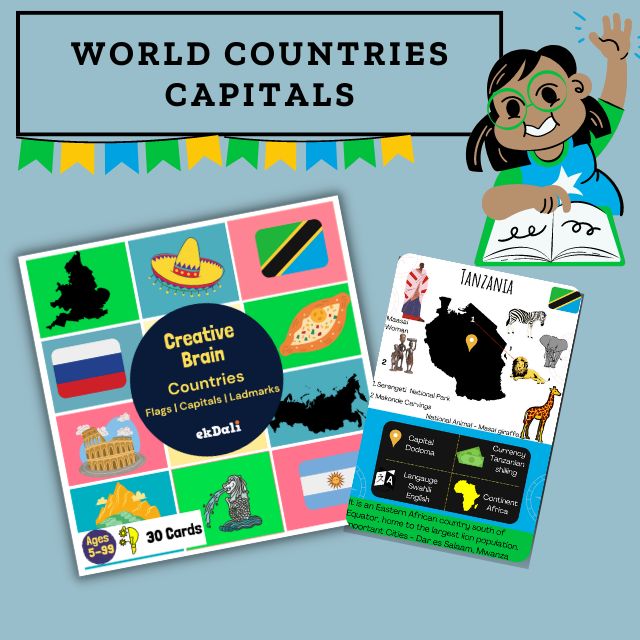International Children's Book Day is quickly approaching. It implies that the moment has come to instill a love of reading in your child. Though children's books are inherently entertaining to read, there is much more you can do to increase the enjoyment and excitement. We've created a list of reading exercises for kids that may make any book more entertaining while also improving your child's comprehension, fluency, and vocabulary.
These reading exercises can be done before, during, or after reading to add interest and excitement to any book. These exercises will also boost your child's confidence and interest in reading books, potentially leading to a lifelong reader.
Let's get started!
6 fantastic reading activities for kids to make any book more enjoyable
Reading exercises are an enjoyable approach for children to improve their reading comprehension, vocabulary, and fluency. Some of these activities might also assist your youngster in developing critical thinking skills. Let's go deeper!
Look for the sight words.
Sight words like and, away, with, about, and so on are common in any writing. Many of these terms are difficult to express graphically. Spotting and circling sight words with a pencil will help your youngster recognise that they can read most of the material on their own. It will help them focus on comprehension.
Longer, more difficult words should be broken down.
Request that your child take the time to phonetically underline larger words. The word 'underwater,' for example, can be broken down into 'un d er w at er'. This will assist your child in becoming a confident reader. You can then encourage them to look up the definitions of these lengthier, more difficult words in a dictionary. They can also record them in a notepad or a graphic organiser.
Give each character in the story their own distinct voice.
Instead of reading in the same tone, urge your youngster to give each character a distinct voice when reading the story. Encourage them to consider how the character is described in the book, the time and place where the narrative takes place, and how the character could sound. Use this reading approach to make your book more engaging and enjoyable.
Find the story's beginning, middle, and end.
As students read the story, have them write down the important ideas in three sections: beginning, middle, and end. It will assist students in understanding the story's order as well as making connections between the various events that occur in the story.
Consider what you would have done.
After reading the story, consider what you would have done if you were the main character. You can have your youngster rewrite or sketch an alternate ending to the narrative. It will assist your youngster in thinking critically about the story and developing answers.
Consider a different narrative title and cover page.
The title and cover page of a book reveal a lot about the content. Consider various titles and cover pages to spice up your book. Encourage your child to come up with clever titles that accurately represent the plot. It will undoubtedly make them think. Create a book cover page after you've finished writing the story.
These are just a few of the reading activities that will make any book more interesting this International Children's Book Day. Remember to be patient and to assist your child by asking probing questions as needed. Make a dedicated notebook for these exercises and observe how their comprehension, fluency, vocabulary, inventiveness, and critical thinking grow over time. We wish you many interesting and amusing books to read this International Children’s Book Day.
-
 Posters, Flash Cards and Books are Great Conversation Starters
Posters, Flash Cards and Books are Great Conversation Starters -
 Our Posters and Flash Cards have reached over 300,000 kids
Our Posters and Flash Cards have reached over 300,000 kids -
 Same day shipping for orders before 1 PM. Next day shipping for orders post 1 PM
Same day shipping for orders before 1 PM. Next day shipping for orders post 1 PM -
 Write to us purchase@ekdali.com
Write to us purchase@ekdali.com




















